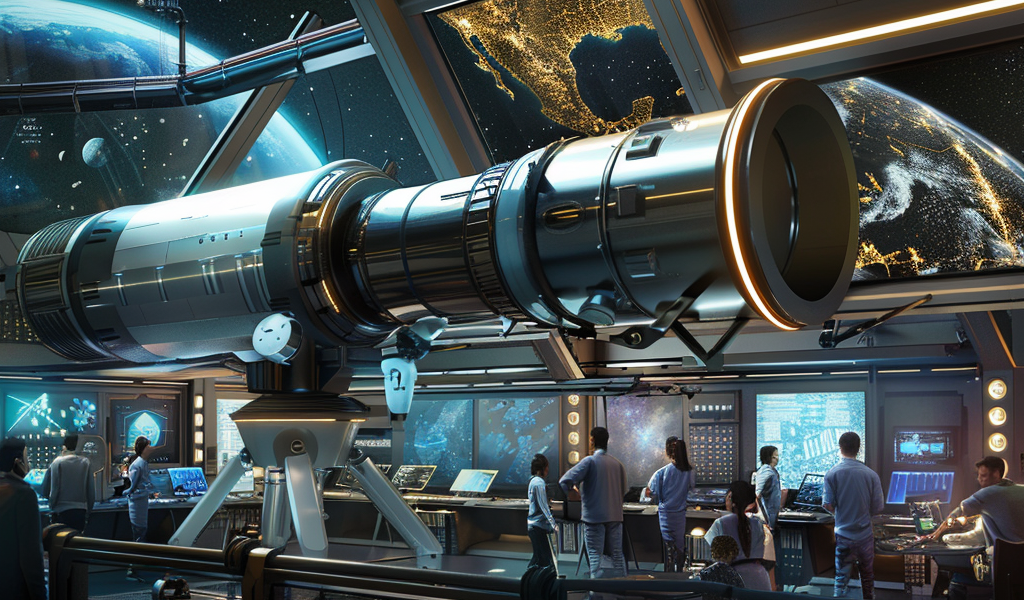NASA is on a mission to uncover inhabited planets by the year 2050 with the launch of their groundbreaking telescope, the Habitable Worlds Observatory (HWO). The focus of this unique telescope is to detect a wide range of biosignatures emitted by living organisms.
Leading the charge in this ambitious endeavor is Dr. Jessie Christiansen, NASA’s chief scientist, who is dedicated to the search for extraterrestrial life. Dr. Christiansen is optimistic that the HWO will detect signals in the atmosphere of a planet within the habitable zone of a star similar to our sun in our lifetime.
So far, NASA’s team has pinpointed 25 Earth-like planets orbiting sun-like stars, which are potential candidates for further exploration due to their potentially life-sustaining conditions. This discovery marks a significant milestone in the quest for extraterrestrial life.
Efforts are underway to enhance the hardware and code of the Habitable Worlds Observatory with the aim of advancing exoplanet data. With a substantial investment of $17.5 million from three NASA contracts, cutting-edge technologies will be developed to improve the precision and breadth of observations, bringing us closer to unraveling the mysteries of the universe.
The construction of the Habitable Worlds Observatory, affectionately dubbed ‘Super Hubble,’ will enable the direct imaging of Earth-size planets orbiting distant stars. Equipped with ultra-precise optics, the telescope will analyze the atmospheres of these planets for potential signs of life.
Dr. Courtney Dressing, a Berkeley astronomer and co-leader of HWO’s Science Architecture Review Team, envisions the telescope’s capability to detect various biosignatures, including biogenic gases, aerosols, surface biosignatures like infrared heat from vegetation, and even technosignatures that could indicate the presence of an advanced alien civilization.
Despite the discovery of thousands of exoplanets and a handful of Earth-like candidates, Dr. Christiansen acknowledges that there is still much ground to cover. The search for a rocky planet similar to Earth within the habitable zone of a sun-like star continues.
However, Dr. Christiansen remains hopeful that the Habitable Worlds Observatory will provide evidence of extraterrestrial life and inhabited planets shortly after its scheduled launch in 2040.
Behind the scenes, military contractors Northrop Grumman and Lockheed Martin are collaborating to bring this extraordinary project to fruition.





